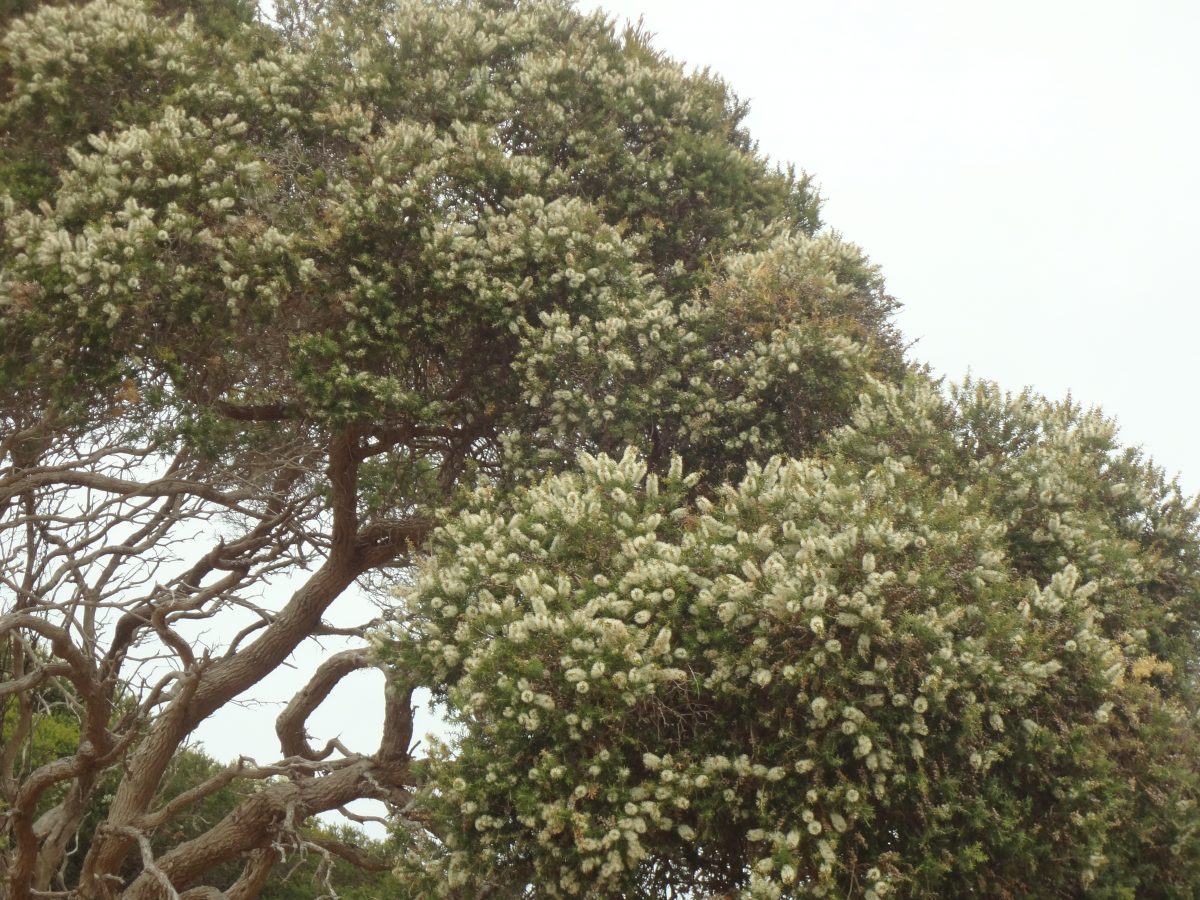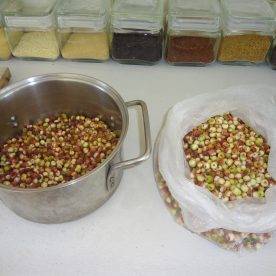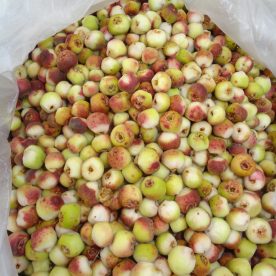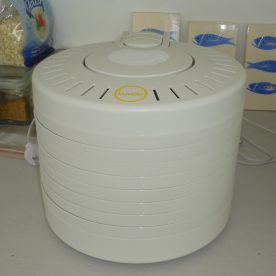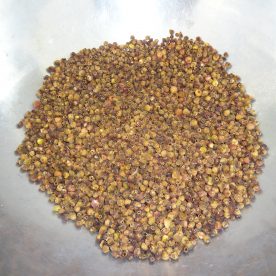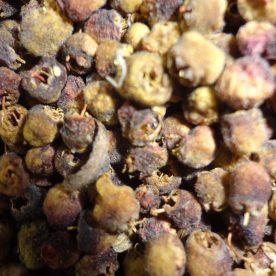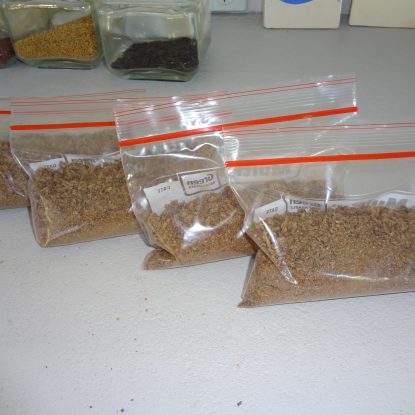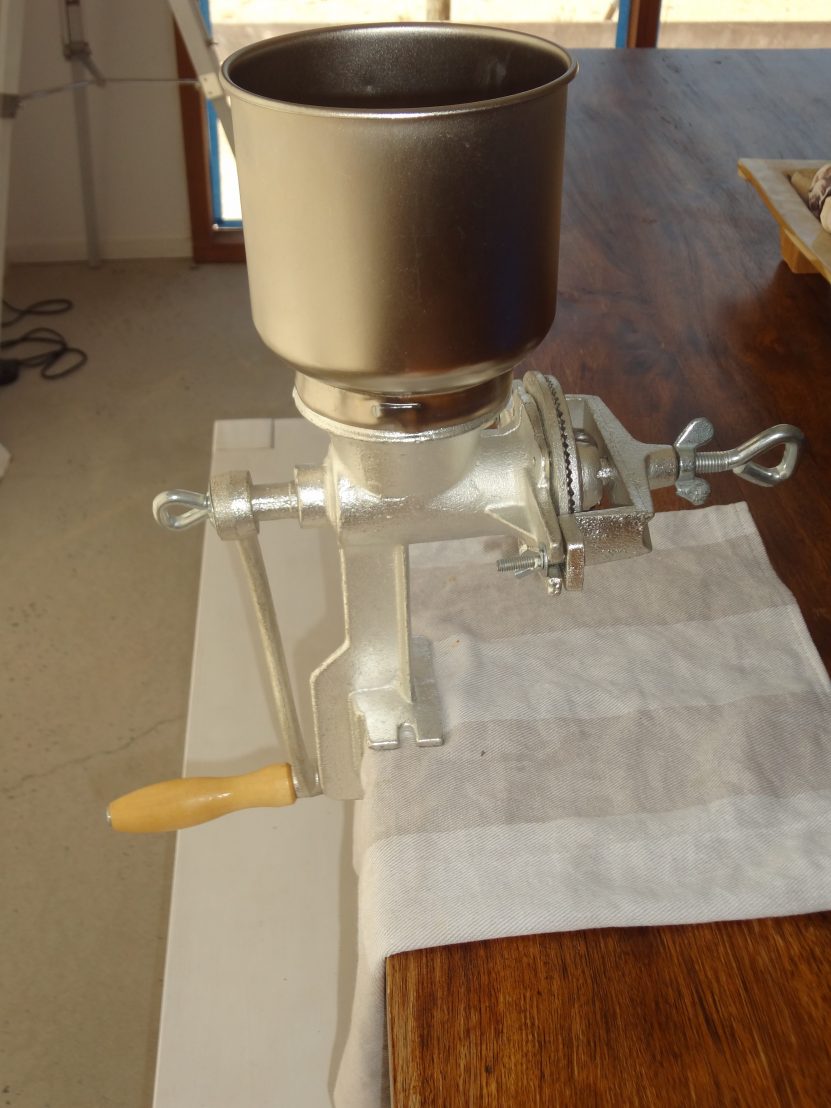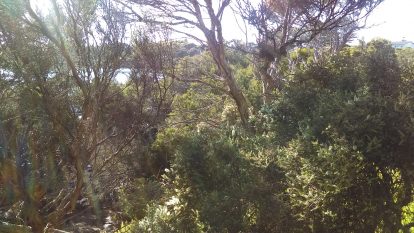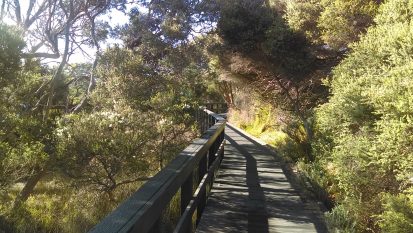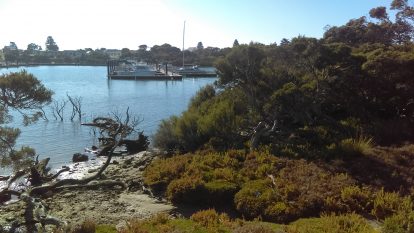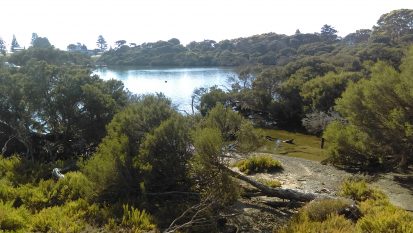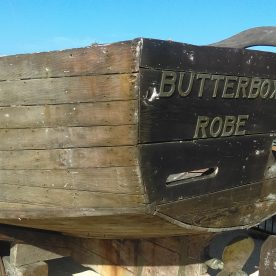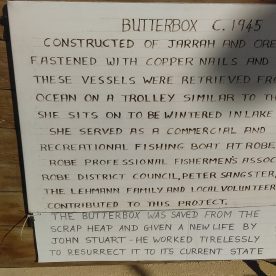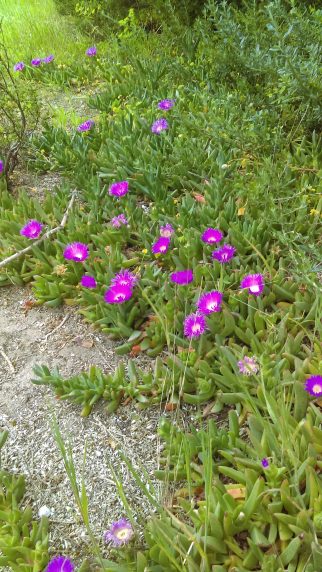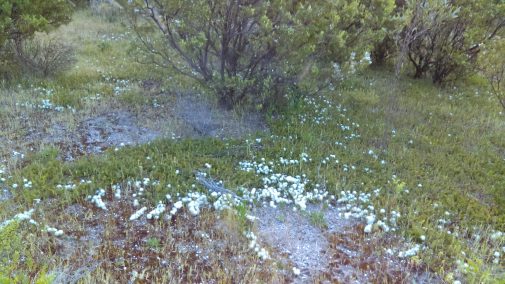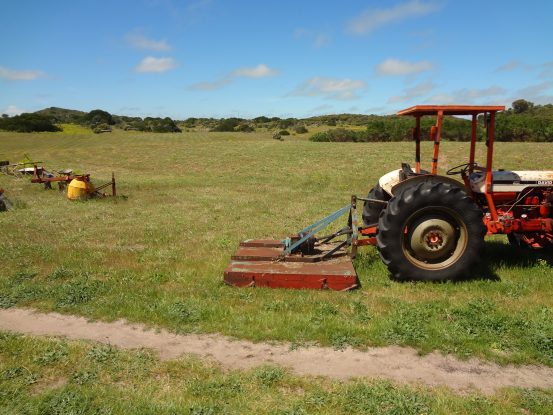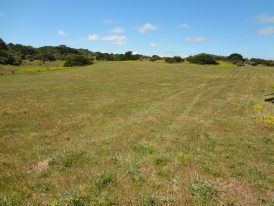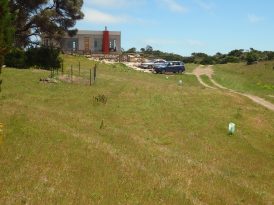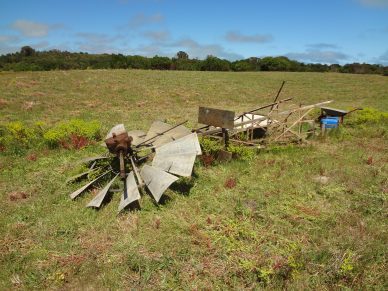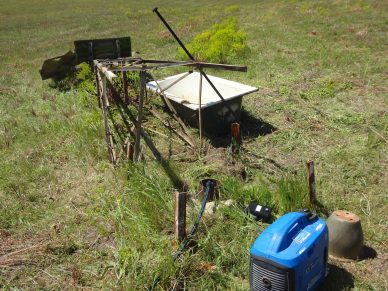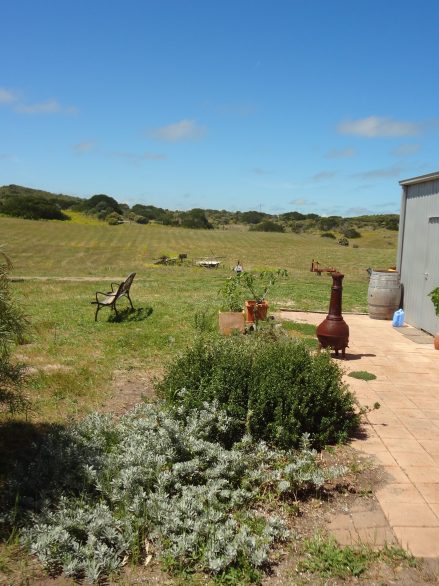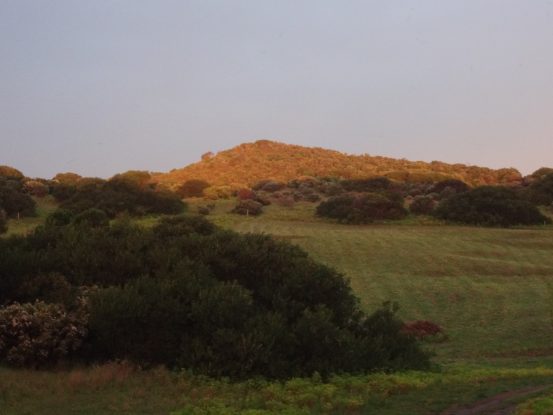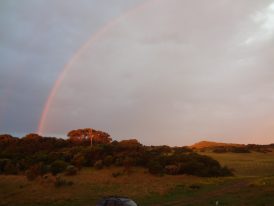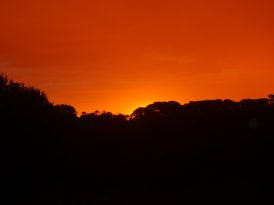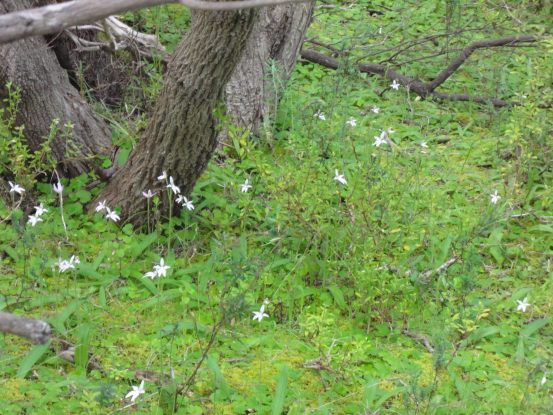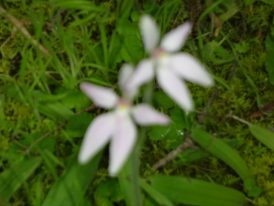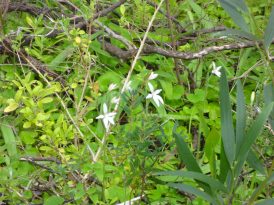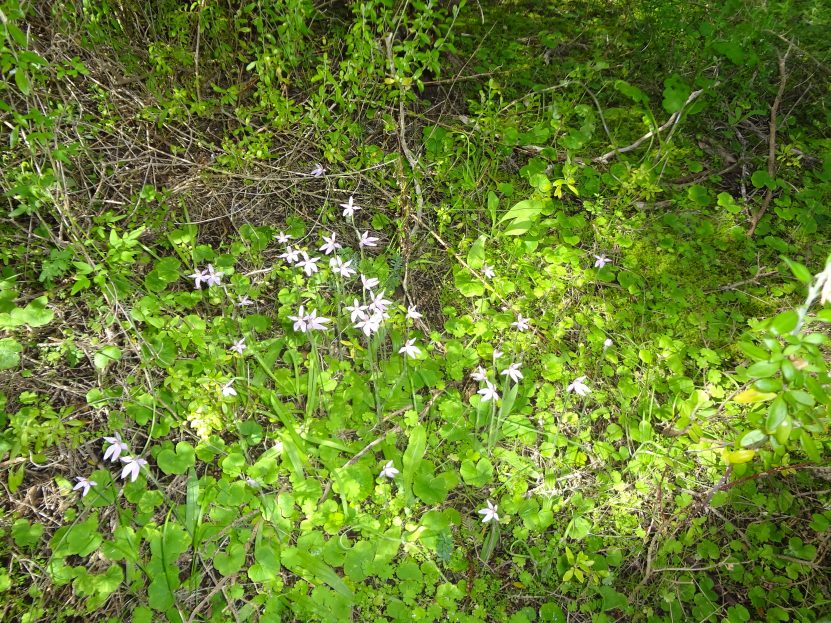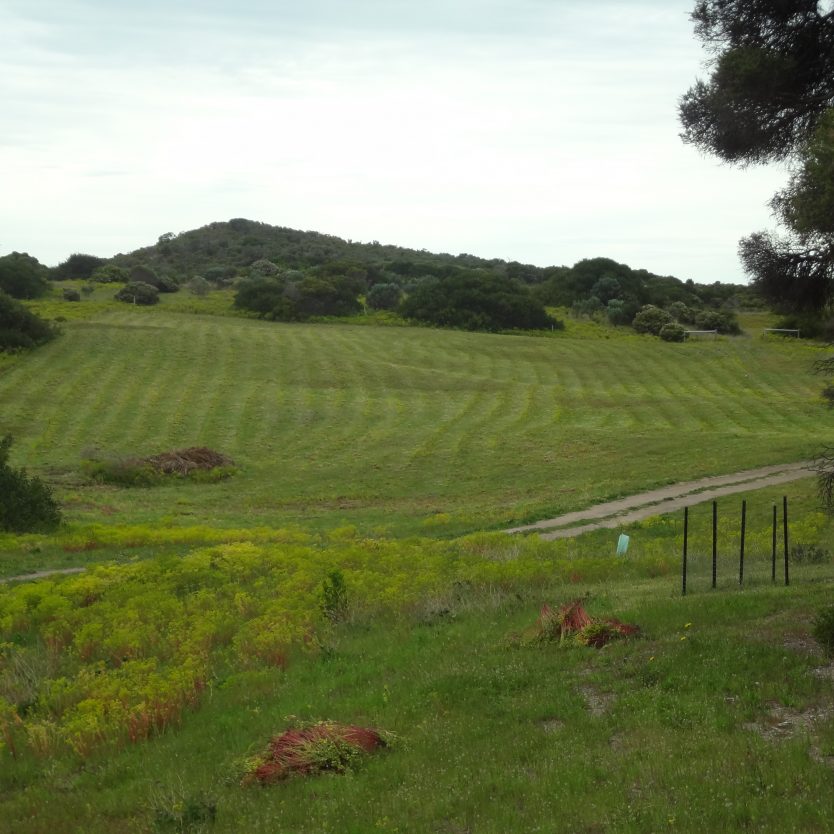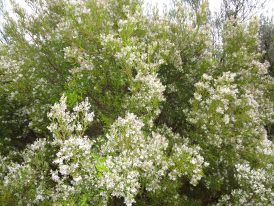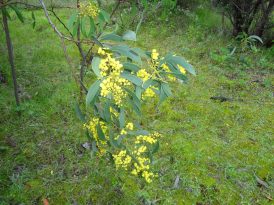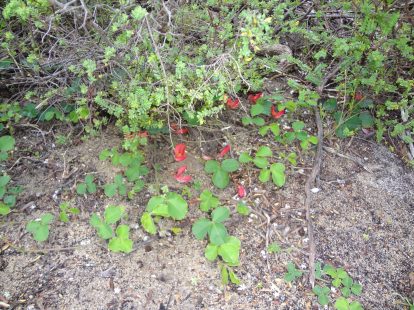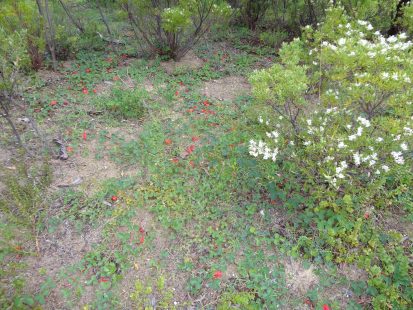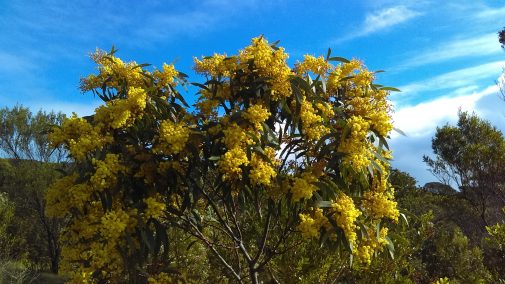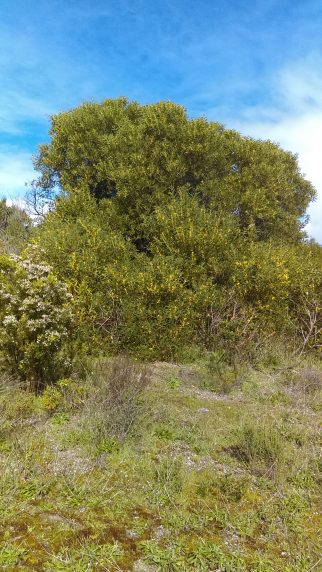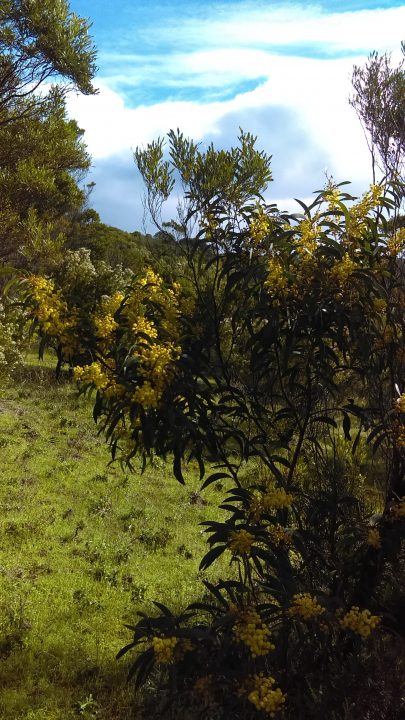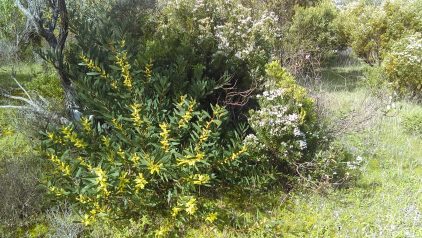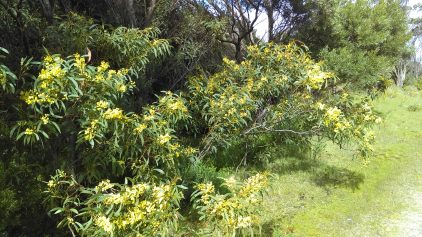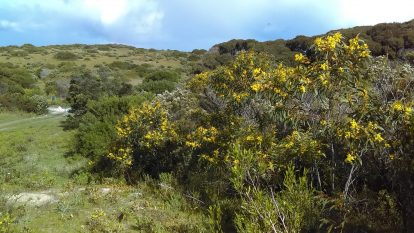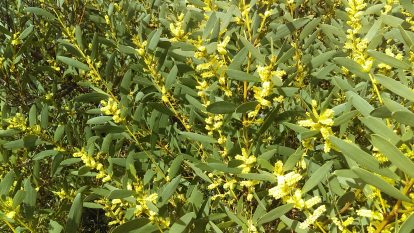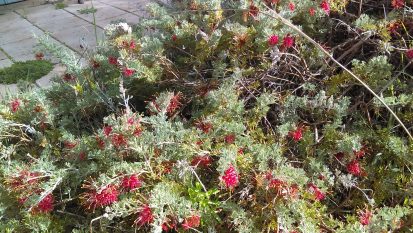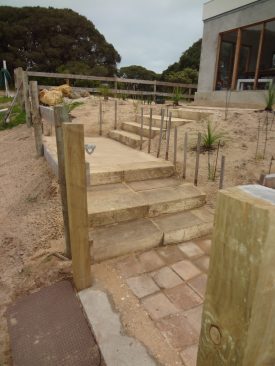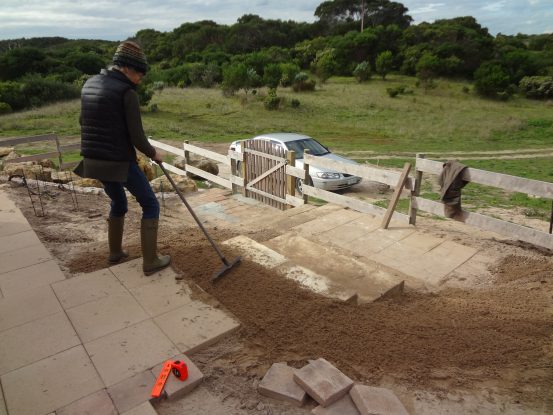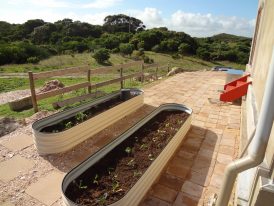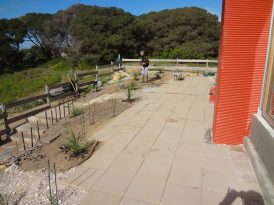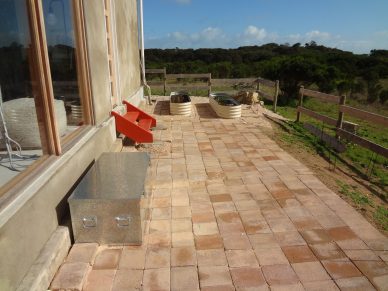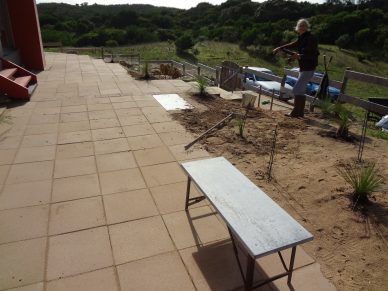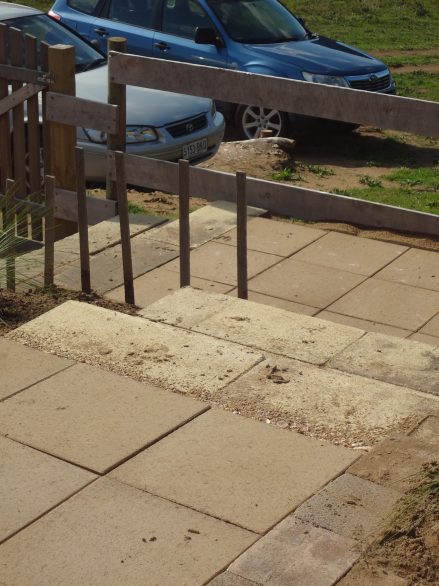House finally painted!
Well, here it is–finally finished and painted! Theo the farrier/handyman/painter/ everything did a great job. The first part of the work was actually putting the building finish in place–sealing all the gaps in the render, re-sealing some of the work that had been done, washing everything down, and so on. Then two coats of paint went on. It is special paint designed specifically for concrete render, very thick and hard to put on first (easier with the second coat) which seals everything in. Then all the windows were sanded down and sealed with an external varnish.
There was much debate about the colour–different shades were tried–the first coat was actually quite yellow (Lesley not happy at the time). However the final colour came out well, and seems to combine with the chimney and steps, and now with the darker colour of the varnished windows. So Lesley is very happy now!
We do think it came out far better than we could have imagined. Among other things the design lines come out much more cleanly. Anyway, see what you think–these are early morning pics, to bring out the colour best.
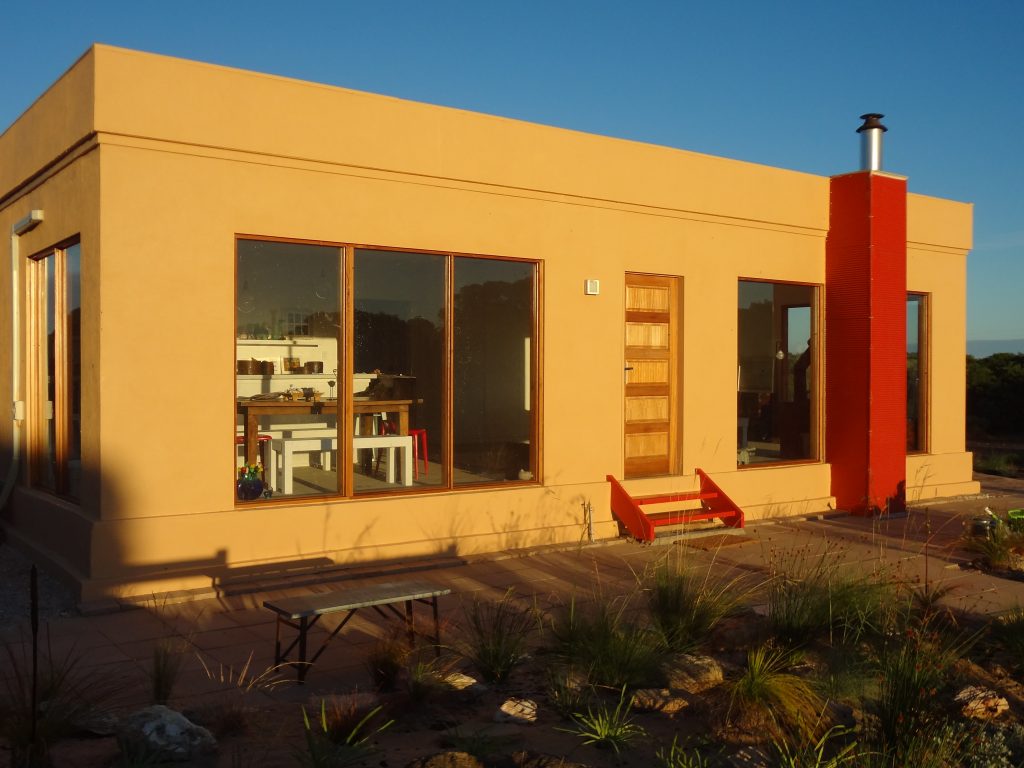
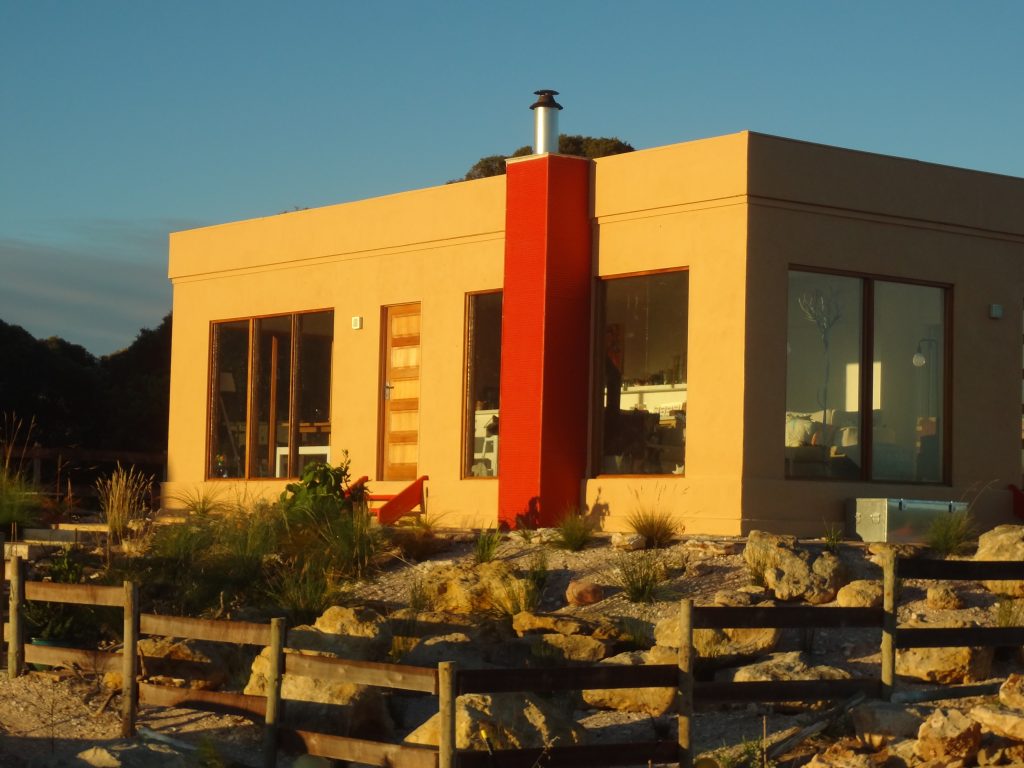
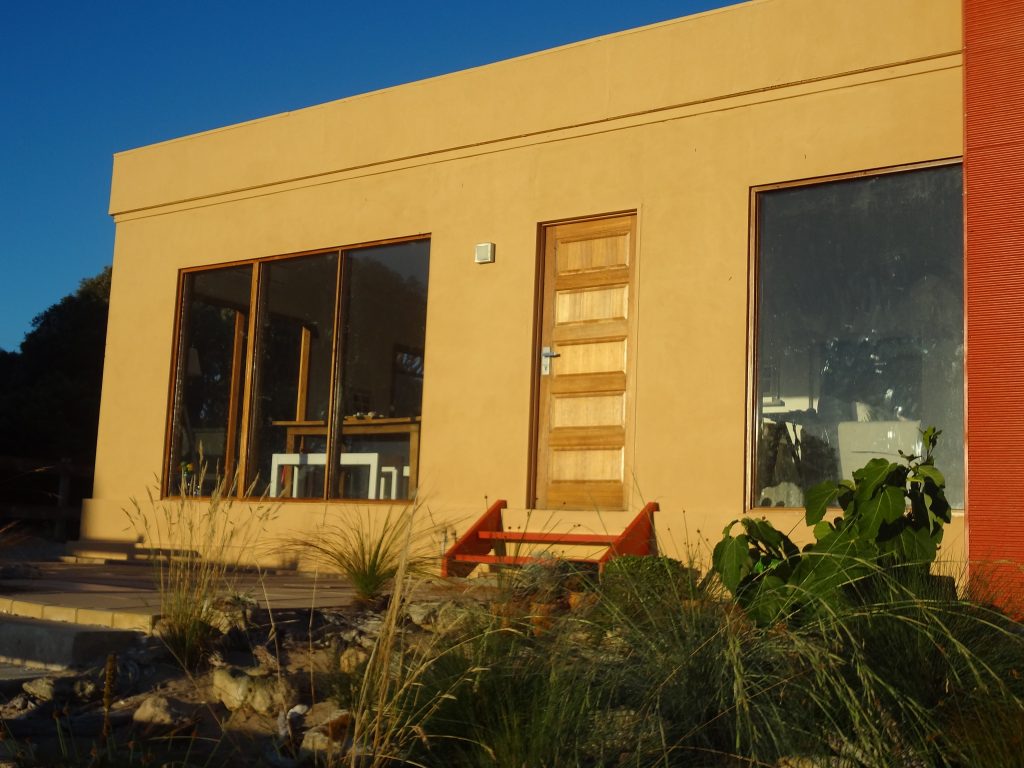
The Muntrie Harvest begins!
Here are some pictures of our first real experiments with harvesting and processing Muntries. There’s pretty good coverage right across the two blocks, ripening at different times, from January through probably to May, depending on how much hot weather we get. Here are the picked berries–even though they were picked in the same general area you can see here that the two batches vary in ripeness:
Then they go through a dehydrator–this is just a kitchen design I bought on eBay, seems to do the job pretty well. We’re experimenting with it: working out how to make the drying process smooth as it seems to differ slightly through the vertical trays; and trying to work out how to tell when the berries are really dried, because any residual moisture will interfere with the next stages:
And here is the hand-grinder I also bought on eBay–it’s designed for nuts and berries so we’ll see how it works. The plan at this stage is to produce fine grounds whose use in different products can be explored. Needless to say all of this a small-scale trial–if it works out it would all have to be scaled up.
And here’s the final (pre-processing) product–muntrie powder! It tastes very nice. It turned out that the hand grinder, although more picturesque, wasn’t as good as the electric coffee grinder, so for the time being that’s what we’ll use. The sealed bags of powder are in the fridge ready for the next stage.
Not bad, huh? A start, anyway.
I forgot the hand grinder pic! Here it is:
Walk around the Marina
Here’s a walk I like doing, around the Marina. It’s tidal water, so the vegetation is adapted to that. The trees are Melaleuca, and I think must be the swamp variety (as distinct from the dry-land Ti-Tree which we have on the land), but I thought that was usually found around the fresh-water ponds, lakes, and swamps across the district, so I’m impressed that it does all right in salt water, too. The boardwalk works very well and it’s always nice to get views across the water–and the boats!
At the entrance to the Marina is displayed a restored hull of one of the old fishing boats operating out of Robe, The Butterbox. It’s carvel planked from oregon, with jarrah frames, which is pretty impressive–must have taken some serious steam bending. The restoration was carried out by a couple of local enthusiasts–‘I dips me lid’.
More spring flowering
Spring work
Spring is moving along and the grass with it–so mowing and slashing is the order of the day. I belong to the ‘slash twice’ school–early spring, early summer, before the fire season–because I like to get on top of it and get it as clean as possible. There is also the issue of spring snakes, who tend to be irritable after winter and mating, and so on–best to see them coming. There is a ‘slash once’ school–late spring–but we twicers regard them as mere penny-pinchers, trading off quality. . .
And finally the old windmill has come down! Lesley is pleased as the squeaking wheel has stopped–fair enough. It’s going to a good home–the young mechanic in town, Edge, and his lady Kelly are taking it off to put on their block when they purchase it. In exchange Edge is advising/demonstrating/fixing tractor maintenance/repair, and given that he is a tractor-whisperer this is a very fair exchange. So now I’m just using the submersible pump at the bore, run off the generator, but the idea is to move to a solar panel operation before too long.
Taking the windmill down was quite an event–me, Edge, and Gary. I was for the conservative option, dismantling it piece by piece from the top, but Gary came through with the radical option, lower it in one piece and dismantle it on the ground. There was the inevitable conversation, “Can’t do it that way, need a rope over there. . .”, “you’ll wreck it if you don’t”, and so on. But it got done and without wrecking the wheel. Edge flew a drone over the event as it was happening and has video of it–I’ll post the link when it’s up.
The last shot here shows the new view–bit of a shock to the system, I know. . .
You’ll see an old wrought-iron bath sitting there–it belongs to Lesley–you will need to consult her for information about it. . .
And here are some spring lights:
Spring
Bush flowering
In the middle of this polar blast we’re currently experiencing I thought it would be good to record the fact that the bush is going into its early spring flowering–which may turn out to be somewhat premature, but given that it has tens of thousands of years of evolution packed into it is probably going to turn out all right. So here are some pictures, taken before this latest turn in the weather:
Stairway to heaven
Lesley asked me to put up some photos of the steps–which are, as you will have gathered, limestone blocks. They are the local material–a deep limestone stratum called the Otway Basin underlays the whole district, an inheritance from the time of retreating shorelines. We thank all the tiny marine molluscs who contributed their shells after they were finished with them. It’s very easy to cut so has always been a preferred stone for building down here–being quite porous it is also an excellent insulator. However, as noted in previous posts, when wet it becomes heavy and that was a challenge here.
I did learn a lot doing this. You would think, simple, cut the ground put the stone down, move on. However, there turned out to be many little things you have to get right, and when you get them wrong you have to start again, so you have to be careful and patient. Getting it level, particularly on a semi-landing where you are working with four blocks, is particularly challenging. Still, it got done in the end and Lesley has cleaned it all, and is pleased with the way it weathers in different colours and blends into the overall design; so here it is–stairway to heaven.
Paving and steps finished!
Well, a lot of work later it’s pretty much done. Lesley takes the credit for most of it. Among other things she seems to have a remarkable eye not only for design but for level–all of the pavers were laid without the use of a level, and they are flat! I did the steps, with the limestones blocks–but I had to use a level, and even then took some time to work out how best to do it. Anyway, it’s done, and now the planting is progressing–as you can see here, mainly water-wise natives.
The first photo here is the last action of joining the paving to the steps–it was very close, by some stroke of luck, and was completed with a couple of inches of shellgrit.
The posts in the last photo are temporary, being designed to train Joey to walk on the pavers and steps rather than the garden!–he’s getting the hang of it.
